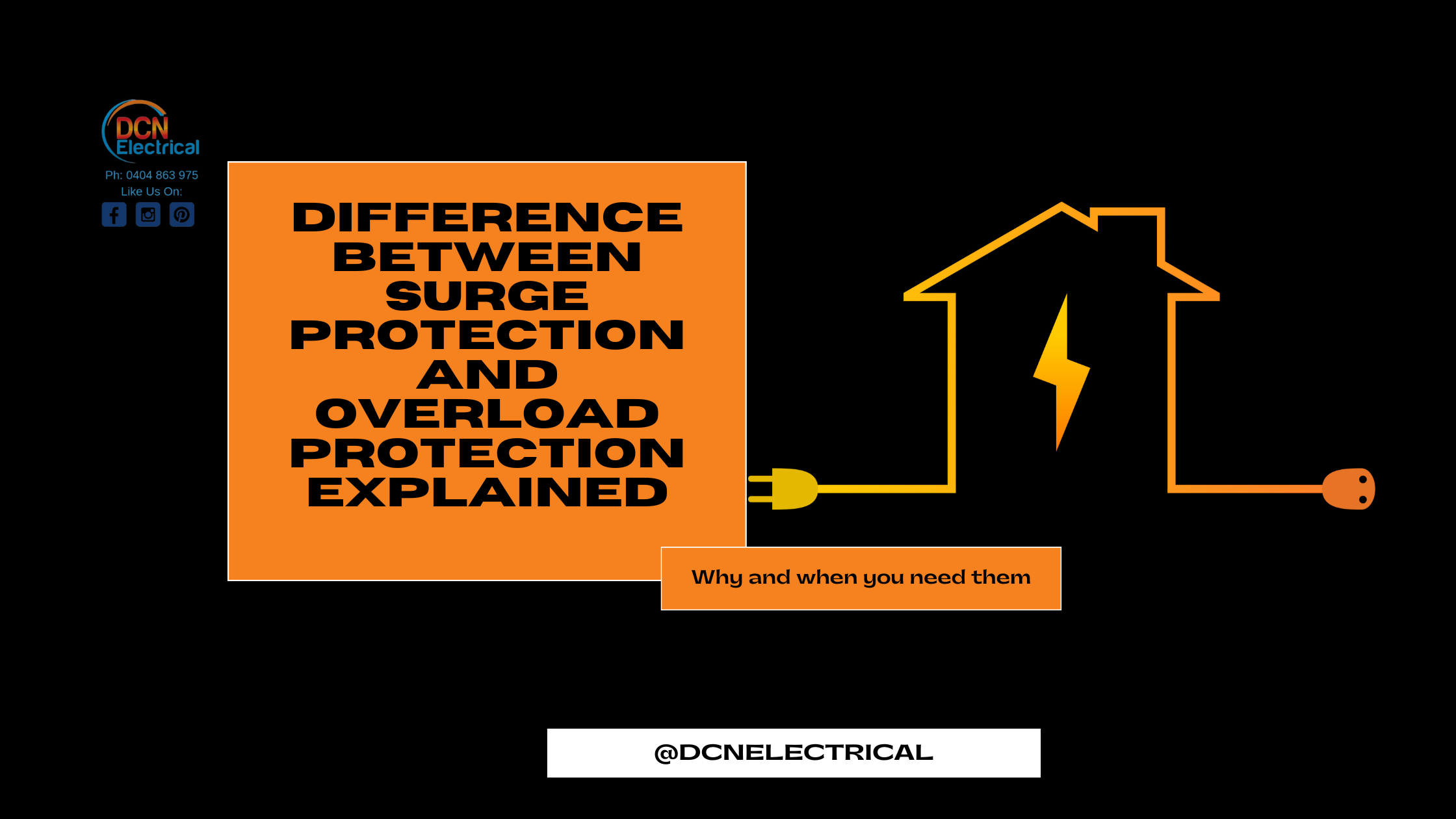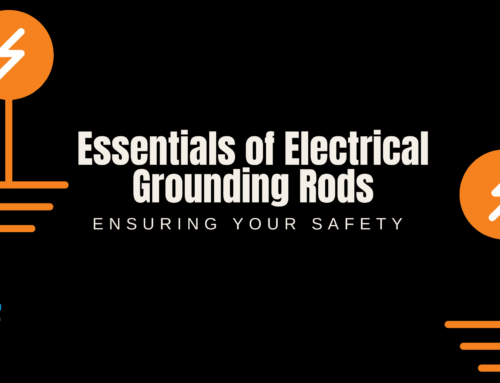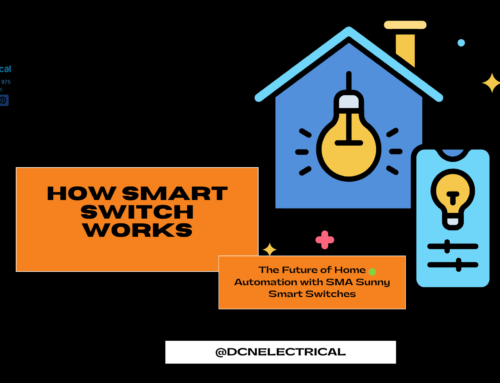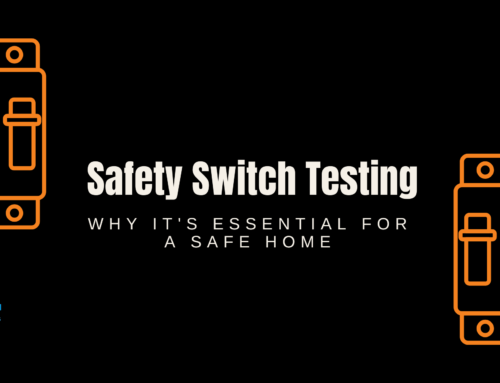In today’s digital age, protecting our electronic devices from power surges and overloads is crucial. But what exactly is the difference between surge protection and overload protection? In this article, we will dive deep into these two concepts, exploring their definitions, how they work, and the key differences between them.
Understanding Overload Protection
What is Overload Protection?
Overload protection is a safety measure designed to prevent excessive electrical currents from damaging electrical circuits and devices. It is commonly found in circuit breakers and fuses. When the current flowing through a circuit exceeds its rated capacity, the overload protection device interrupts the circuit to prevent overheating and potential fires.
How Does Overload Protection Work?
Overload protection devices, such as circuit breakers, use a heat-sensitive element or a bimetallic strip that bends when exposed to high temperatures. When the current exceeds the safe limit, the heat generated causes the strip to bend, tripping the breaker and cutting off the power supply. This interruption prevents further damage and provides time for the circuit to cool down.
However, it’s important to understand that overload protection does not only occur in circuit breakers and fuses. It can also be found in other devices such as motor starters and thermal relays. These devices monitor the current flow and, when necessary, disconnect the circuit to protect against overloads.
Understanding Surge Protection
What is Surge Protection?
Surge protection, on the other hand, safeguards electronic devices from sudden voltage spikes or surges. These spikes, often caused by lightning strikes or power grid fluctuations, can damage sensitive components in appliances, computers, and other devices. Surge protection devices, such as surge protectors or power strips, absorb and redirect excess voltage to protect connected equipment.
How Does Surge Protection Work?
Surge protectors contain metal oxide varistors (MOVs) or gas discharge tubes that act as voltage clamps. When a voltage spike occurs, these components divert the excess voltage to the grounding wire, preventing it from reaching connected devices. Additionally, surge protectors typically include joule ratings that indicate their maximum absorption capacity. The higher the joule rating, the more energy the surge protector can handle.
these components divert the excess voltage to the grounding wire, preventing it from reaching connected devices. Additionally, surge protectors typically include joule ratings that indicate their maximum absorption capacity. The higher the joule rating, the more energy the surge protector can handle.
It’s also worth noting that surge protection can be installed at different levels within a building’s electrical system. At the service entrance, whole-house surge protectors can protect the entire electrical system from voltage spikes originating from outside sources. At the point of use, surge protectors can be installed on individual outlets or power strips to protect specific devices.
Overload Protection vs Surge Protection
Key Differences Between Overload Protection and Surge Protection
- Purpose: Overload protection primarily focuses on preventing overheating and fires caused by excessive current flow. Surge protection, on the other hand, safeguards against voltage spikes that can damage electronic equipment.
- Trigger Mechanism: Overload protection devices are triggered by high temperatures resulting from excessive current. Surge protection devices are activated when voltage spikes occur.
- Location: Overload protection is typically built into circuit breakers or fuses within electrical panels. Surge protection devices are separate units that can be plugged into outlets or integrated into power strips.
- Protection Levels: Overload protection primarily safeguards the electrical circuit and wiring. Surge protection, on the other hand, shields electronic devices from voltage spikes.
Is Surge Protection the Same as Overload Protection?
No, surge protection and overload protection serve different purposes and work in distinct ways. Surge protection guards against voltage spikes, while overload protection prevents excessive current flow. Both are essential for ensuring the safety and longevity of electrical circuits and devices.
It is important to note that while surge protection devices can help prevent damage, they cannot guarantee protection against all types of electrical disturbances. In situations where both surge protection and overload protection are needed, a combination of surge protectors and circuit breakers is recommended.
Understanding the differences between surge protection and overload protection is crucial for safeguarding our electronic devices and electrical circuits. Overload protection prevents overheating and fires caused by excessive current flow, while surge protection shields against voltage spikes. By using the right combination of surge protectors and circuit breakers, we can ensure the safety and longevity of our valuable electronics.
Remember, electrical work should only be performed by licensed electricians. If you need assistance with surge protection or overload protection installation, reach out to DCN Electrical, a professional electrical service provider. They have the expertise and knowledge to ensure your electrical system is properly protected.









